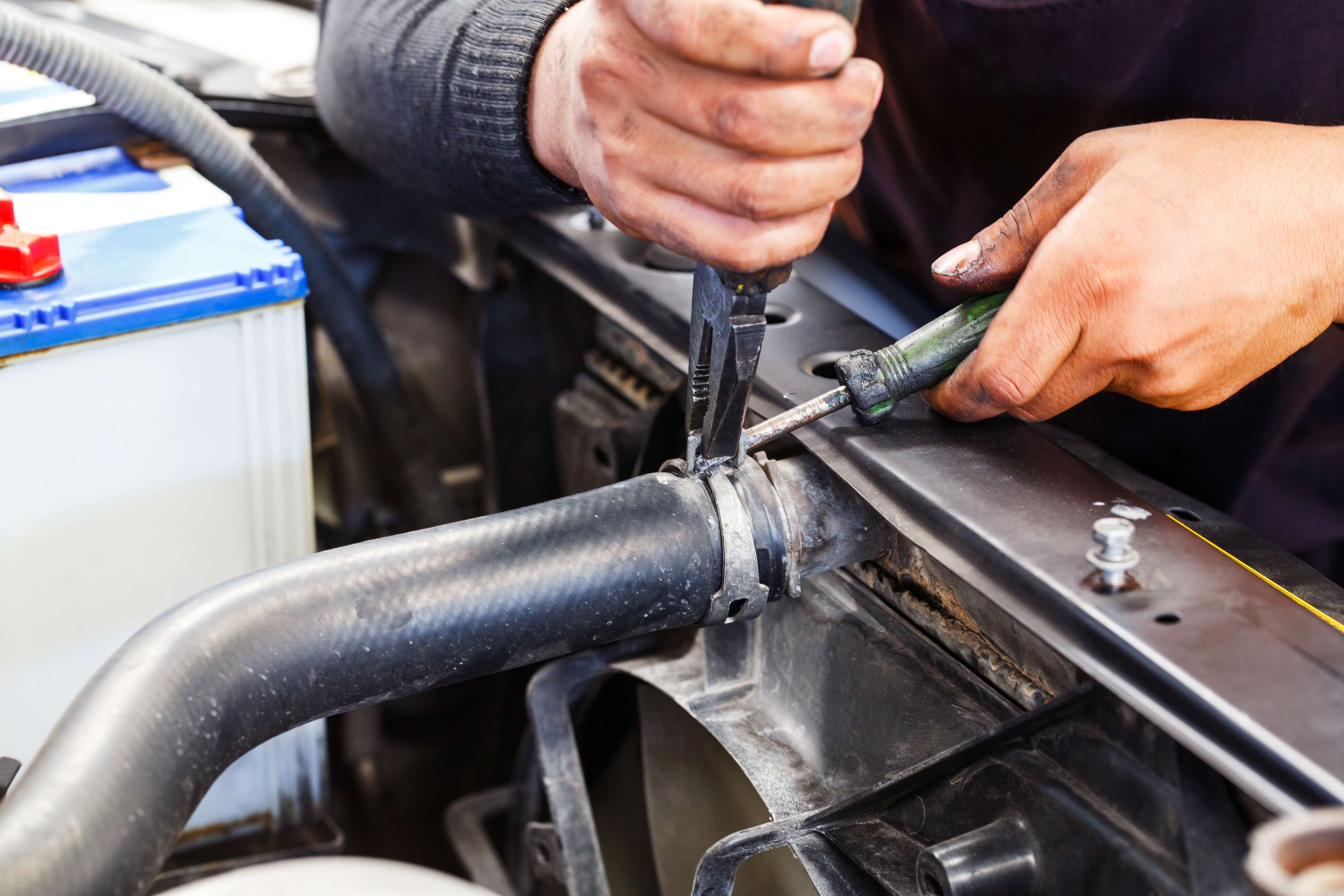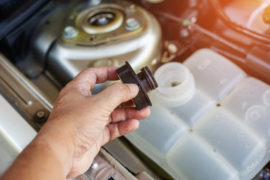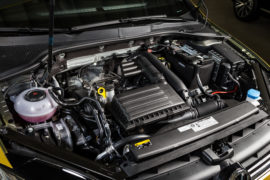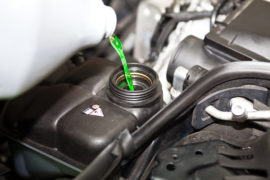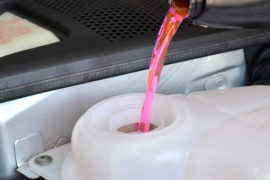Changing a cooling hose
Changing a cooling hose
The cooling hose or radiator hose is a component usually made of rubber. It allows the supply of coolant to the different elements of the cooling system and to the engine. This hose thus makes it possible to ensure the cooling of the engine by circulating a liquid circuit. Used antifreeze, which is more acidic, can damage the rubber hoses.
CHANGING A COOLING HOSE
One of the factors that can influence the service life of a cooling hose is the temperature difference. Very large variations occur in the car engine. The tools that are required to change a cooling hose are usually a flat or soft screwdriver, pliers, drain pan, rag and a scraper.
However, the question still arises as to what exactly is the role of the cooling hose. People need to understand that there are several cooling hoses found in a car. Their job is to carry coolant between the various parts that make up the engine. Of course, this also follows the pattern of the cooling system.
The main reason for replacing a damaged coolant hose is leakage. If a coolant hose is damaged, it will eventually leak. This leads to a lack of coolant, which in turn leads to damage, as the engine can overheat and irreparable problems can occur.
THE IMPORTANCE OF COOLANT
It is important to know that the cooling system is usually under high pressure. The role of the coolant hose is to transport the coolant. The coolant in turn will help maintain an ambient temperature in the car’s engine.
The maintenance of a cooling hose is therefore more than recommended, especially if the hose is damaged. It can generate a crack and a total release of coolant. A regular check is necessary, either for the coolant hose or for the coolant.
Every 50,000 kilometres or every 2 to 4 years depending on the vehicle, the coolant should be replaced. Of course, for draining or purging the coolant, it is advisable to use a machine specialised in the field such as Flash Cooling®.


